No matter your profession or family situation, we all have the same number of hours in a day and likely way too many things on our to-do lists. While we can’t get more time, we can change how we spend it to get more done.

For most of my adult life, I have juggled multiple priorities: work, family, school, side jobs. Even in my last year of high school, I worked 35 hours a week at a Staples-like store while taking a full course load and had one of my best academic years ever. It turns out I’m one of those who thrive off being busy, and the more active I am, the more I get done.
Today I’m sharing my top 5 ways to increase productivity, a compilation of what I’ve learned from the expert and my own trial and error.
Tip #1 – Examine how you currently spend every single hour in a week and then determine how you would instead be spending it.
I call this the 168 hours exercise, and the steps are as follows:
Take the 168 hours in a week and bucket them into categories like sleep, work, family, friends/social, screen time (tv, social media, internet scrolling), exercise, getting ready, cooking and eating meals. How many hours do you currently spend in each category?
Add up the total of your hours. Do you have any hours left? Put those in “other.”
Are there any categories where you want to change how you currently spend your time? Mark those down.
Map out your ideal week and how many hours you’d like to spend in each category.
Put the new schedule in motion and revisit it from time to time to see if you’re following through.
If you’re short on time and can’t rejig your allocation, look to get up an hour earlier each day if you can still manage to get between the recommended 7-9 hours of sleep each night. In my case, I changed my schedule to wake up at 5 am during the week as I’m most productive in the mornings. Instead of watching an additional hour of TV at night and going to bed at 11 pm, I now go to bed at 10 pm and gain an hour in the morning, which I use for exercising, writing and studying. Before this, I always told myself I had no time to exercise or read. Now I have time for both, but only after consciously making time for them.
Tip #2 – Understand when you’re most productive in the day and schedule the activities requiring more brainpower for that time.
While not always possible given your job, try to put the items requiring more of your brain for when it works best in your day.
In my case, I do my best writing in the morning, so I schedule it then. Activities like accounting, emails and planning, I save for the afternoon.
Tip #3 – Get rid of any distractions during your peak productivity time.
There is a time and place for multitasking, but it is not when you’re trying to work on a critical deliverable or truly focus on the task at hand. According to an article in Forbes, How Multitasking Erodes Productivity And Dings Your IQ, multitasking hurts productivity by as much as 40% and lowers your IQ.
Whether it’s an hour or two hours of what I’ll call “your high productivity zone,” be sure to focus on the task at hand. That means turning off all notifications and closing all other windows or programs so you’re not distracted
Turning off distractions is hard, especially in specific jobs like client services, where quick response times are essential. One tip I have here is to put an out-of-office notification on if you’re really worried and have them contact a colleague or call you if it’s urgent. That way, you’re not neglecting your job, but you’re also not checking every email that comes in while trying to get work done.
Tip #4 – Revamp your to-do list.
Part I:
Create a master to-do list on your phone or paper.
Now go through the list and find the items on there because you feel they should be but will likely never get done.
Cross them off. The crossed-off items were unnecessary clutter.
Part II:
At the start of each day, take your master list and write down the 5 things you’d like to accomplish that day, personally and professionally, and focus on only those 5.
If something new or different comes up, take one of the items off your list of 5 and swap the new one in.
If you find you’re still not getting those 5 items done, they’re too big. Break them up and pick 5 things that are doable in one day.
If you get all 5 done in a day and want to do more, great! Go back to the master list.
More often than not, we don’t get everything done on our lists, which in turn causes more anxiety and distraction. By focusing on what IS getting done, you’re more motivated to keep going.
Tip #5 – Know when to take a break or move on.
Let’s face it, we all have off days where we can’t focus or don’t want to work on what we set out to. My suggestion here is to move on, focus on something new. Don’t waste time on something that just isn’t working at that moment.
Alternatively, take a break. Grab a glass of water, go for a walk, text a friend. Sometimes we need to allow our brains to relax to get reenergized.
Lastly, make time for fun. No one says, work hard, work hard. So, work hard but play hard and play often!
Stay tuned for more articles on other ways to increase your productivity, including when multitasking does work.












